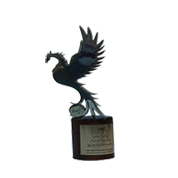
National selection of top producer of
poison and fertilizer
in Iran
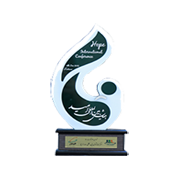
Omid International Conference
International Conferences Center
In Tehran

Omid Second International Conference
International Conferences Center
In Iran

Omid Third International Conference
International Conferences Center
In Iran

Omid Fourth International Exhibition
International Conferences Center
In Tehran
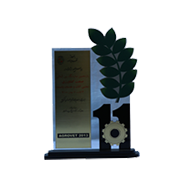
11th International Agricultural Industry
Exhibition
Machinery and related services

Second Specialized Agricultural Exhibition
The permanent location of
the Bustan fairs
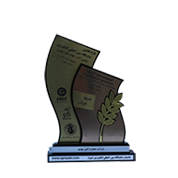
11th International Agricultural Fair
Premier Booth
In Iran

Sixth specialized exhibition
Tehran Agricultural Agencies
In Iran
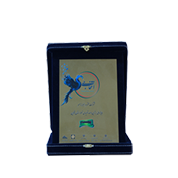
National Award for Top
Manufacturing Unit
In Iran-gazvin

First place
Safir Cup Tournament
In Winter

Top Team
Ramezan Cup Tournament
TehraniMoghadam
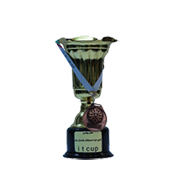
Third place
Safir First Futsal Cup Tournament
itcup

WHAT IS PEAT?

PEAT is sedimentary mineral formed by partial natural decomposition (decay) of marsh plants. Besides plant residues, peat consists of humus (60%) and mineral particles (part).According to the decomposition degree, peat is also divided into three groups: weakly decomposed, medium decomposed and strongly decomposed. The decomposition degree depends mainly on the age and condition of formation, and therefore the color of peat varies from light brown to brown-black.
There are three types of peat depending on the origin:
- High-moor peat, formed by plants that receive atmospheric nourishment;
- Transitional peat, formed by oligotrophic plants residues (overrotten residues);
- Low-moor peat, formedalso by overrotten residues and plants(peat-formers) nourished by underground waters.
According to the decomposition degree, peat is also divided into three groups: weakly decomposed, medium decomposed and strongly decomposed. The decomposition degree depends mainly on the age and condition of formation, and therefore the color of peat varies from light brown to brown-black.
Strongly decomposed (40%) peat of lowland swamps is used as fertilizer. Medium decomposed peat with the decomposition degree lower than 25% is used as bedding for animals. Peat with the decomposition degree of 25-40% is used as compost. Peat is also used for the peat-compost pots production and filling in greenhouses, hot beds, warm ridges, lawns with fertile mixture.
unique and very useful properties. These include the following:
- Improves physiological properties of the soil, namely water- and air permeability;
- Prevents heavy metals penetration into the soil;
- Neutralizes most of the chemicals contained in fertilizers;
- Accumulates photosynthesis products;
- Accumulates atmospheric carbon.
We propose to your attention few types of peat products offered by our company:
- Low-moor peat
- Substrate universal
- Casing soil for growing mushrooms.
LOW-MOOR PEAT
Low-moor peat consists of strongly decomposed residues. It extremely rich in humus and microelements that contribute to high fertility. It has subacid or close to neutral environment reaction.
Low-moor peat is used both in pure form as well as in form of various mixtures.
Composition:
- Humidity – 59,8%
- Ash content – 17,8%
- Organic substance – 82,2%
- pH – 5,5 – 7,0.
Low-moor peat is used especially in agriculture for cultivation different cultures.
SUBSTRATE UNIVERSAL
This is special nutritious substrate made on base of eco-friendly high quality peat. Substrate is for cultivation annual and perennial flower plants, including tuberous and bulbous, vegetable and berry cultures in different climatic natural conditions in covered and opened soils.
Composition:
- High-moor peat
- Low-moor peat
- Agroperlit
Organic substances – max 80%
Nutrients (in forms available for plants) mg per 1 liter :
- Nitrogen (NH4 + N03) – 100-160 mg
- Phosphorus (P2O5) – 120-200 mg
- Potassium (K2O) – 140-250 mg.
Microelements composition: Fe, Mn, B, Cu, Zn, Mo.
pH: 5,5 – 6,5.
CASING SOIL FOR GROWING MUSHROOMS
Casing soil stimulates the process of fruit formation, it is impossible to receive the crop of mushrooms without it. This soil is made according to special process with observance of high-level hygiene – to avoid contamination of the casing mixture by pathogenic microorganism that could damage the mushroom mycelium and reduce the yield!
Composition:
- High quality low-moor peat
- High-moor peat
- Transitional peat (medium)
- Garden soil and chalk (limestone or dolomitic crumb)
-Humidity – 88,0%
-Ash content – 17,0%
-pH – 7,4.%
This raw material is broken to pieces and mixed with additions in reasonable proportions according to the receipts, and then it is moistened and exposed to chemical disinfection.
The products offered by our company are packed in easy-to-use polyethylene package with a capacity of 5 to 70 liters, bales from 150 to 250 liters and blocks with the capacity from 4000 to 5500 liters.